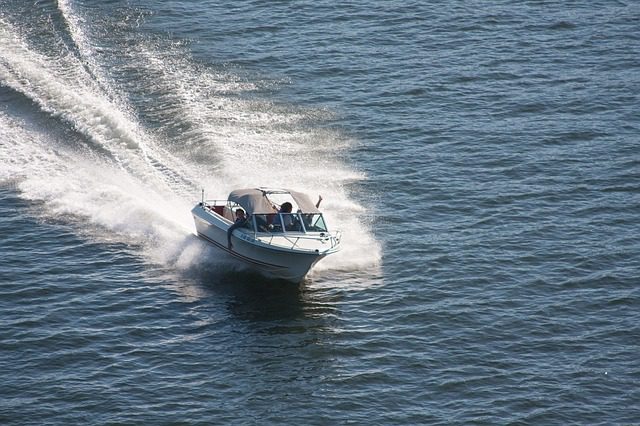In the United States of America alone, over the last ten years, there have been over 2,000 injuries and over 600 deaths on average a year caused by incidents relating to boats. In 2020, there were 3,191 injuries and 767 deaths, a considerable increase in injuries since 2019. Many different factors go into owning, renting, and operating a boat, including an increased responsibility when additional passengers are on board. Lucky for you, should you ever be involved in one of these incidents, there are Boating Accident Lawyers to help fight for your rights. But first, let’s explore the statistics and factors that affect these often-tragic boating accidents.
Table of Contents
Time of year.
The summer months are commonly known as the boating season due to the temperature and beautiful weather increases, and children and their families are off on vacation. The United States Coast Guard reports a spike in boating accidents from June to August, with July holding the highest record of the three months.
Alcohol.
Under federal law, the operation of any motor vehicle under the influence of alcohol is strictly prohibited- this includes cars, motorcycles, and boats. The blood alcohol content (BAC) level of anyone operating any type of motor vehicle should not exceed the legal limit of 0.08. If any driver exceeds this level, they will be given a citation with a hefty fine and suspension of licensure privilege until specific conditions are met. In 2020, approximately 300 of the incidents were alcohol-related.
Driver-related factors.
To successfully drive and operate a large motor vehicle like a boat requires various skills and knowledge. Most states require individuals to attend and pass a basic safety course and exam before obtaining a driver’s license if your state requires one. Each state’s licensure fees vary. The responsibilities of the boat driver remain the same. Each vessel must carry life jackets appropriate for the number of people on board, at least one fire extinguisher, a visual and a sound signaling device, and at least one throwable floatation device. If the vessel does not have all of the aforementioned requirements, it falls on the driver. It is also the driver’s sole responsibility to pay full attention to the speed and operation of the boat and the drivers and boats around them.
The United States Coast Guard encourages the utilization of a lookout person if you are participating in recreational water activities like inner tubing, wakeboarding, or waterskiing. A lookout person should be someone the driver trusts to keep the attention and communicate accurately regarding the safety and wellbeing of the persons being pulled behind the boat. Driver inattention and inexperience are the leading causes of boat-related accidents, with an improper lookout person listed as the third.
Speed.
Another deadly factor contributing to a large part of boating incidents is the speed at which the boat travels. Just like on the roads, speed limit signs are posted in and throughout the water to indicate the maximum speed at which it is appropriate to drive the boat in that area. Numerous factors are used to determine the speed, including how shallow or deep the water is, how many boats travel through that area, or the presence of civilians or beach areas.
Conclusion
With over 11 million recreational boats registered in the United States, you want to be sure that you are in the company of a responsible and attentive driver with the appropriate safety rules and regulations. Should you ever feel unsafe or at risk, tell your driver your concerns and get off the boat as soon as possible. If you find yourself involved in a boating accident, contact a lawyer to aid you and represent your rights.
Featured Image by S T from Pixabay




